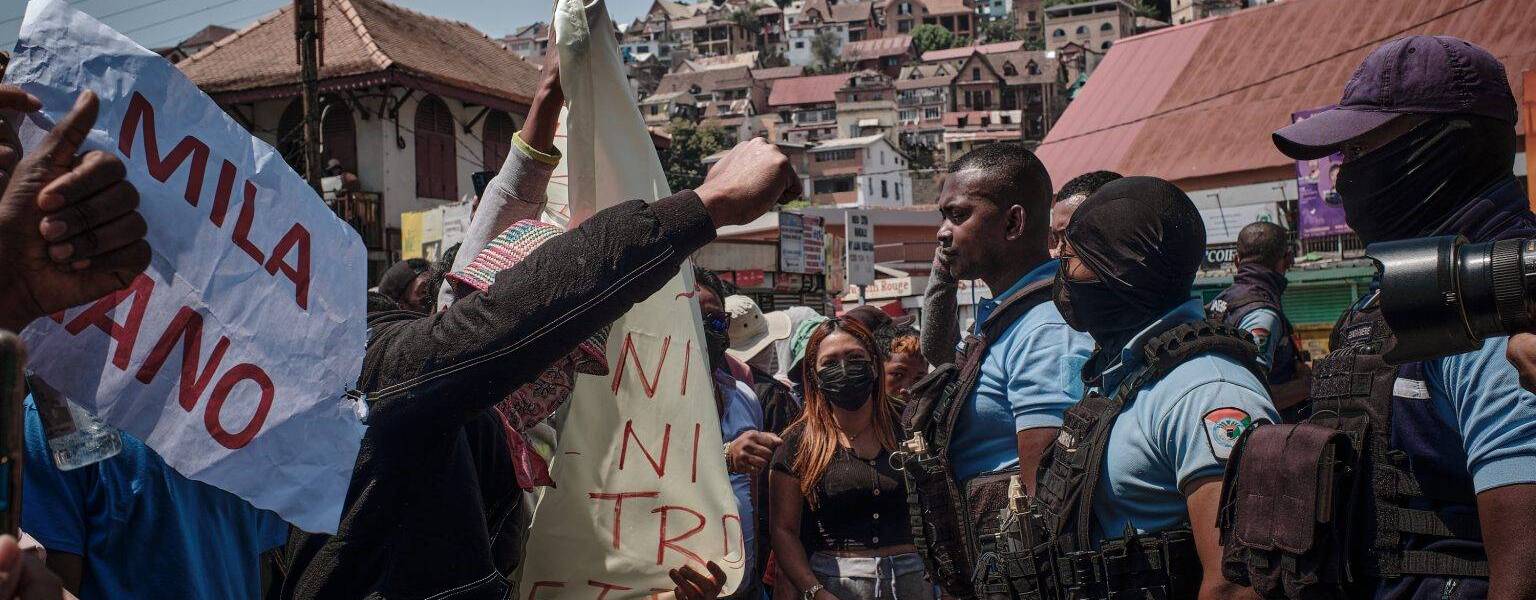Protests in Tana, Quiet in the Southeast: Two Realities in Madagascar
Last Friday, largely youth-led mobilisations erupted in Madagascar's capital, calling for an end to persistent cuts to water and electricity and drawing inspiration from recent ‘Gen-Z’ movements in countries such as Nepal and Kenya. Almost a week later, the President has promised to make reforms and has dissolved his government, though protesters continue to call for him to step down, while the UN reports at least 22 people dead and more than 100 injured.
At the same time, despite the scale of these movements and the growing international attention, circumstances in the southeast are markedly different. In Fort Dauphin and the wider Anosy region, little to no unrest has been reported, even though many communities here continue to face arguably even greater challenges, from limited access to basic services to the impacts of climate change, malnutrition, and low education levels.
One explanation for this relative quiet may be the greater reliability of water and electricity in Fort Dauphin, where services are managed by QIT Madagascar Minerals (QMM), a subsidiary of Rio Tinto operating a large ilmenite mine on the town's edge. While challenges remain, the fact that Fort Dauphin is not reliant on the national utility company, Jirama, means that supplies are generally more consistent for those who can access them. But QMM's recent announcement that it will temporarily halt operations at its Mandena mine could have major implications, not only for the large number of employees in the town, but also for the stability of local water and electricity supply and for wider dialogue on climate and environmental issues. Such uncertainty carries the potential to fuel similar anger and unrest in the future.
The relative stability seen in Fort Dauphin currently, however, does not extend beyond the town itself. In the rural areas of the Anosy region, battered this year by a series of climate shocks, rising cases of severe malnutrition, and where only 23% of children old enough to finish primary school have done so, access to water, electricity, and other basic services remains extremely limited. Many communities face recurring droughts, chronic food insecurity, and livelihoods increasingly under threat from environmental change and economic pressures. Yet, unlike in the capital, rural communities often lack the means to have their concerns heard or recognised on a wider stage. Limited internet access, remoteness, and the daily priority of meeting basic survival needs make this even more challenging. It is therefore vital that organisations and other local actors continue to work alongside and advocate for these communities and their young people, supporting them in also becoming key drivers of sustainable change, while helping to generate broader national and international attention to the issues facing them.
This contrast highlights both the importance of having one's voice heard and the questions it raises about representation. Protests in Tana have clearly provided a platform for citizens to express their frustrations and demand change. How can the voices of rural communities, where hardships are deep and ongoing but less visible on the national stage, be acknowledged and factored into conversations about the country's future?
